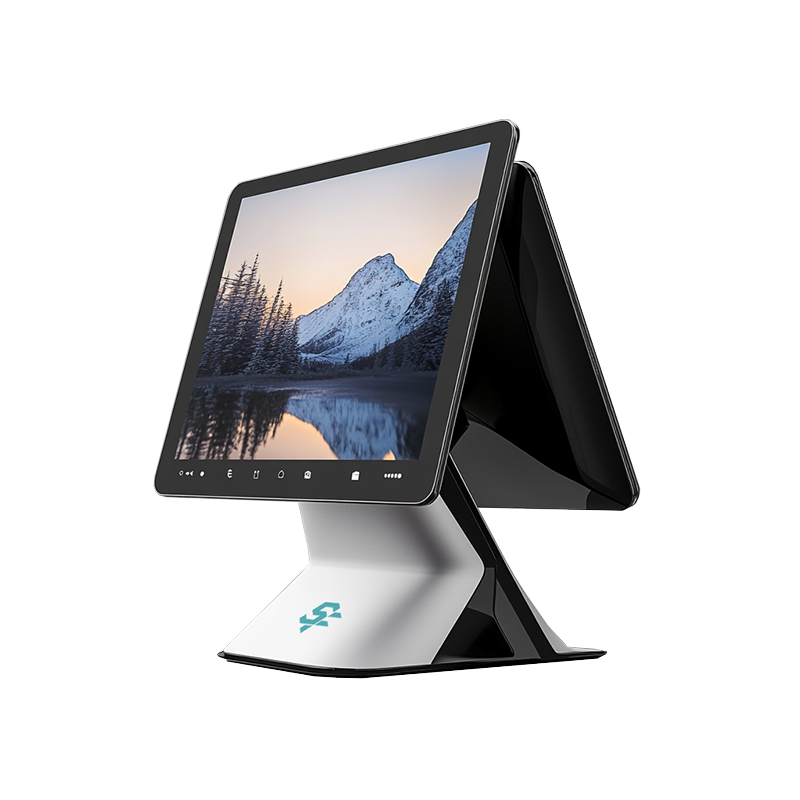Language
Currency


In today’s ever-evolving commercial landscape, businesses of all sizes are under increasing pressure to deliver faster, safer, and smarter customer experiences. A key component in this transformation is the Smart POS Terminal — a new generation of Point of Sale devices designed to unify transactions, inventory, and data analytics into one compact, powerful system.
Whether you're running a chain of restaurants, a convenience store, or a global logistics center, a Smart POS Terminal can help streamline your operations, enhance customer interaction, and unlock data-driven decision-making.
What is a Smart POS Terminal(POS stands for Point of Sale)?
A Smart POS Terminal (POS stands for Point of Sale) is an advanced all-in-one device that combines traditional cash register functions with modern payment, inventory, and software integrations. Unlike older terminals that only processed card swipes or printed receipts, today’s smart POS systems integrate with:
Touchscreen interfaces
Built-in receipt printers
NFC and QR code readers
Android or Linux-based OS
Wireless/Bluetooth connectivity
Cloud platforms for remote reporting
With compact design and powerful features, a Smart POS Terminal functions as a complete business hub, replacing multiple standalone devices.
Core Features of a Smart POS Terminal(POS stands for Point of Sale)
Choosing a Smart POS Terminal is not just about processing payments — it’s about future-proofing your entire business. Below are the key features most buyers and users expect:
1. Multi-Payment Acceptance
Support for EMV chip, magnetic stripe, contactless payments (NFC), digital wallets (Apple Pay, Google Pay), QR code, and mobile payments.
2. Touchscreen Display
Large, intuitive user interface for fast order entry, receipt customization, and on-screen marketing.
3. Integrated Printer and Scanner
Built-in high-speed thermal printer and barcode scanner to minimize clutter and maximize efficiency.
4. Cloud-Based Back-End
Real-time synchronization of sales data to a centralized platform — enabling inventory, employee, and sales management across multiple branches.
6. Offline Operation
Even when internet is down, a Smart POS Terminal stores data locally and syncs automatically once back online.
Smart POS Terminal(POS stands for Point of Sale) Application Scenarios
Smart POS devices are widely adopted across the retail, hospitality, and service industries. Let’s explore how various businesses benefit from this technology:
Smart POS Terminal(POS stands for Point of Sale) Retail Stores
Manage thousands of SKUs with barcode scanning
Apply promotional pricing or coupons instantly
Track sales by employee, shift, and location
Smart POS Terminal(POS stands for Point of Sale) Restaurants and Cafés
Send orders directly to kitchen printers or displays
Accept split bills, tips, and table bookings
Connect with online delivery platforms
Smart POS Terminal(POS stands for Point of Sale) Service Providers
Mobile field payments for repair/maintenance businesses
Register and invoice on-site
Manage customer profiles and payment history
No matter the business type, the Smart POS Terminal brings speed, accuracy, and integration to every transaction.
Email cannot be empty
Password cannot be empty
Email format error
Email cannot be empty
Email already exists
6-20 characters(letters plus numbers only)
The password is inconsistent
Email format error
Email cannot be empty
Email does not exist
6-20 characters(letters plus numbers only)
The password is inconsistent